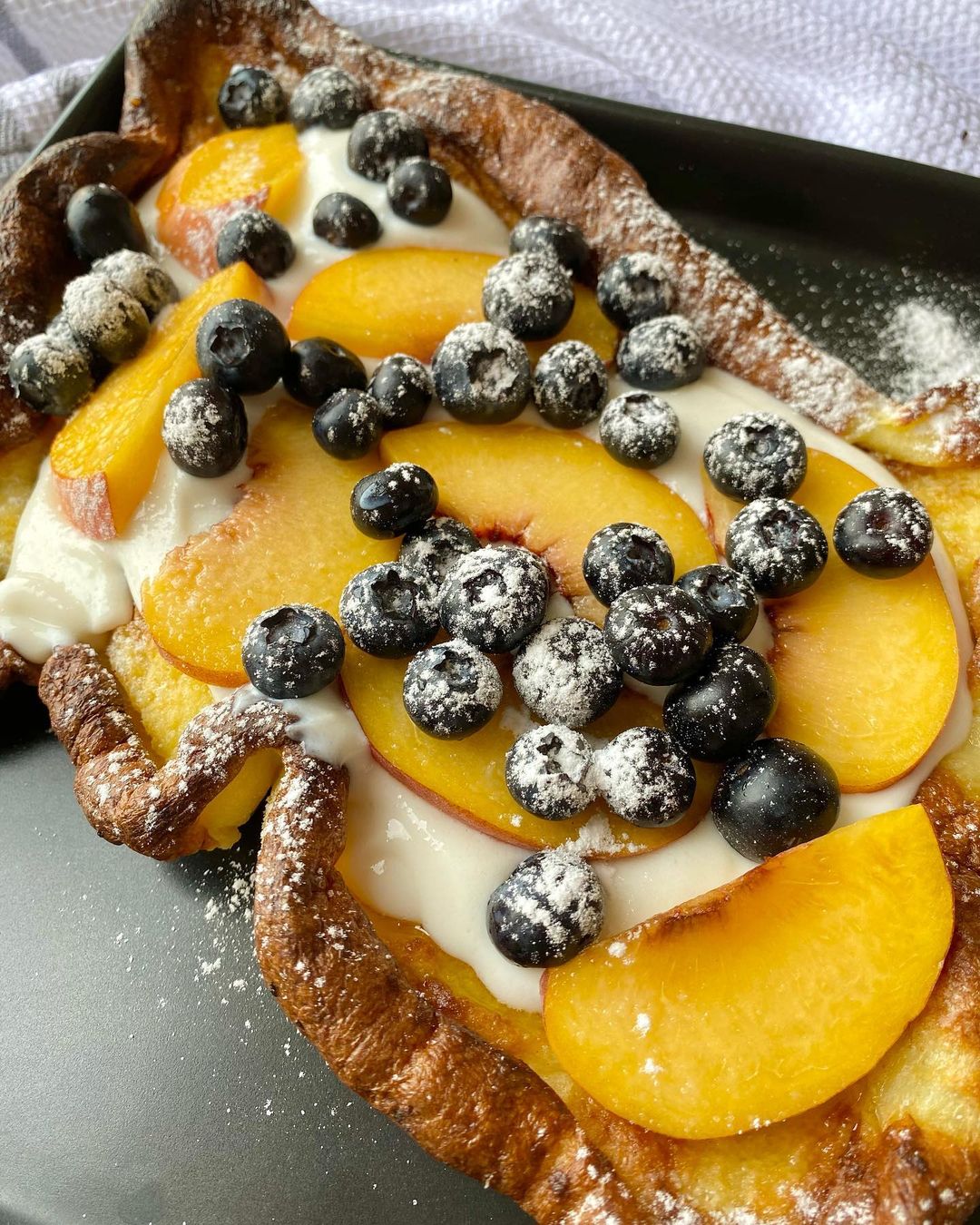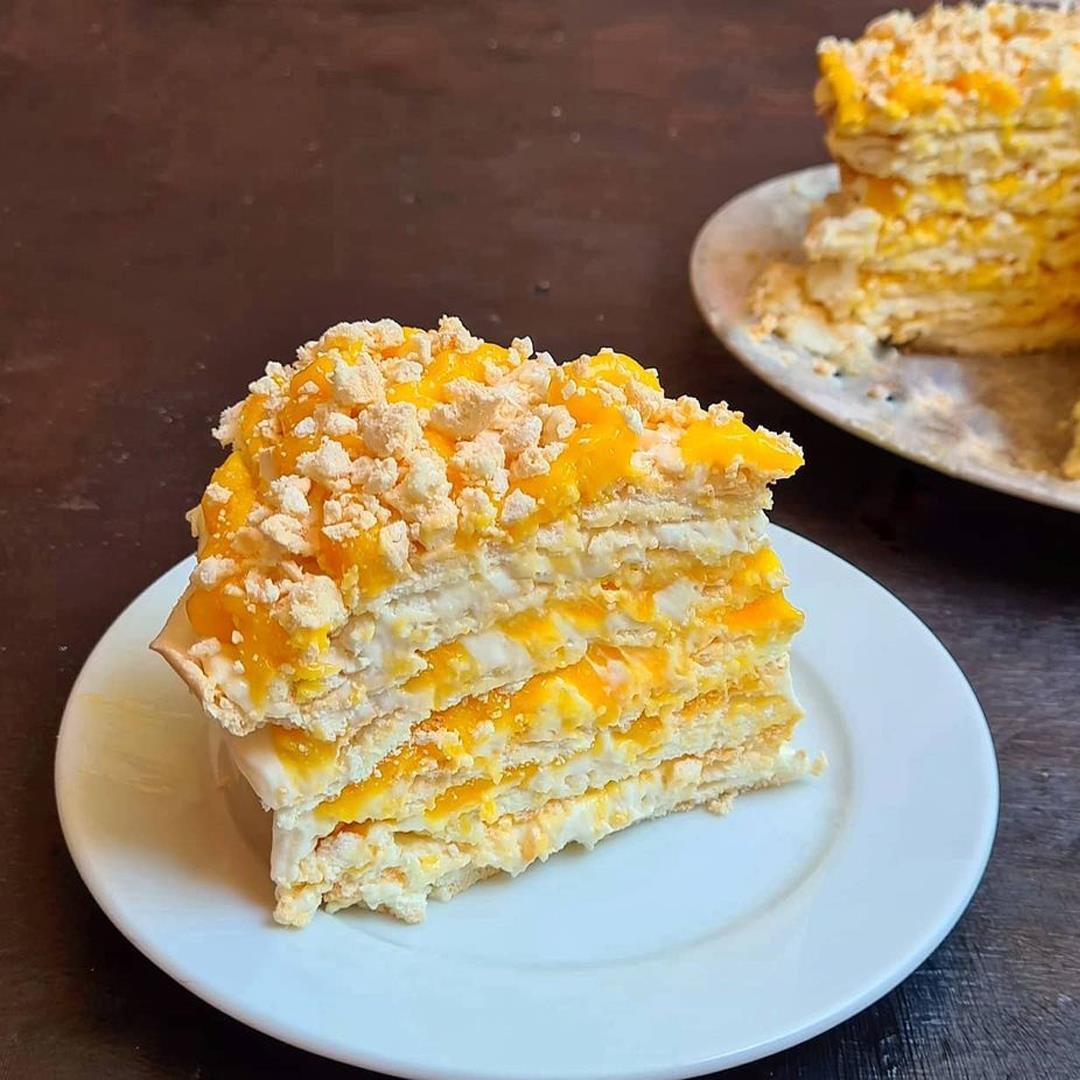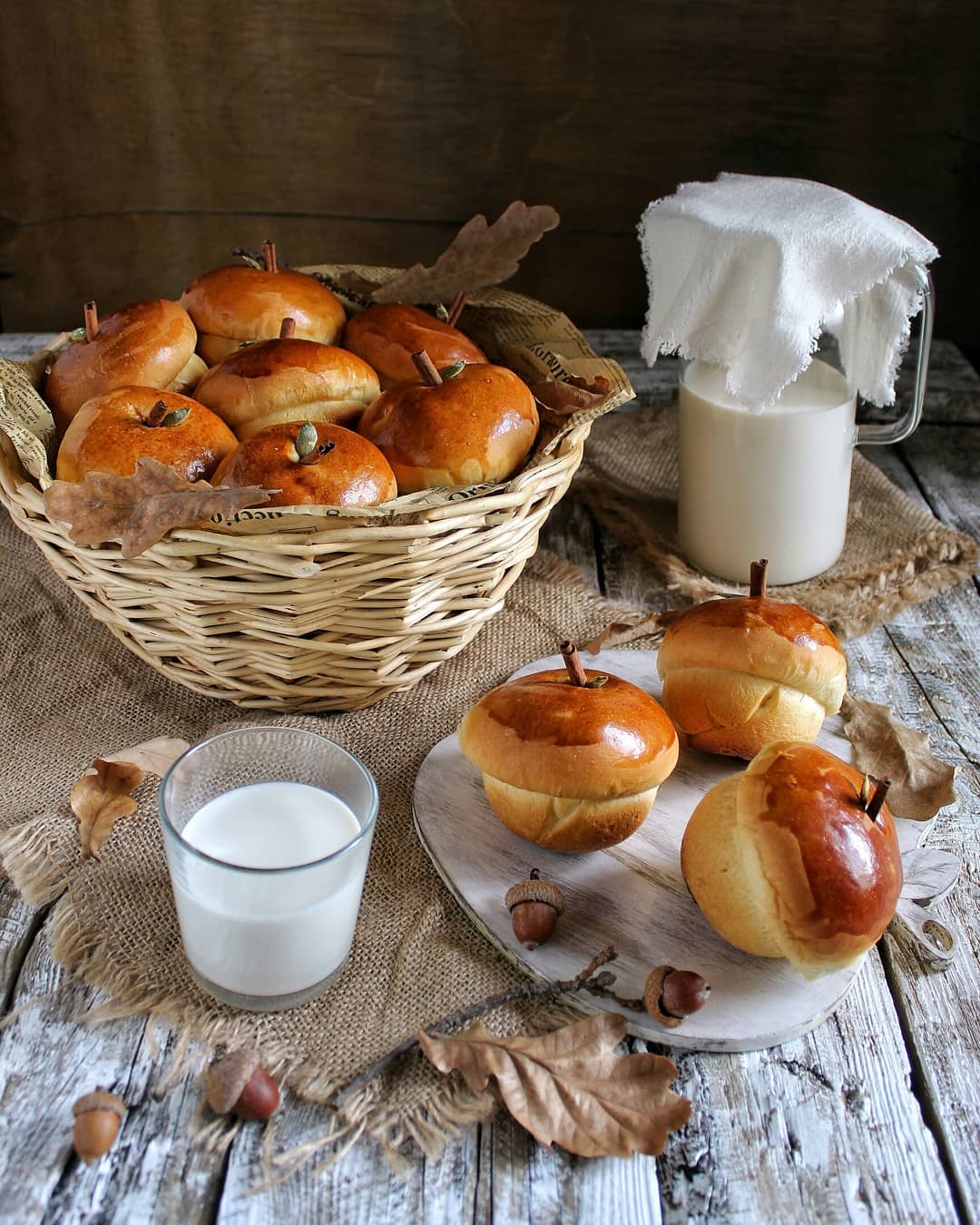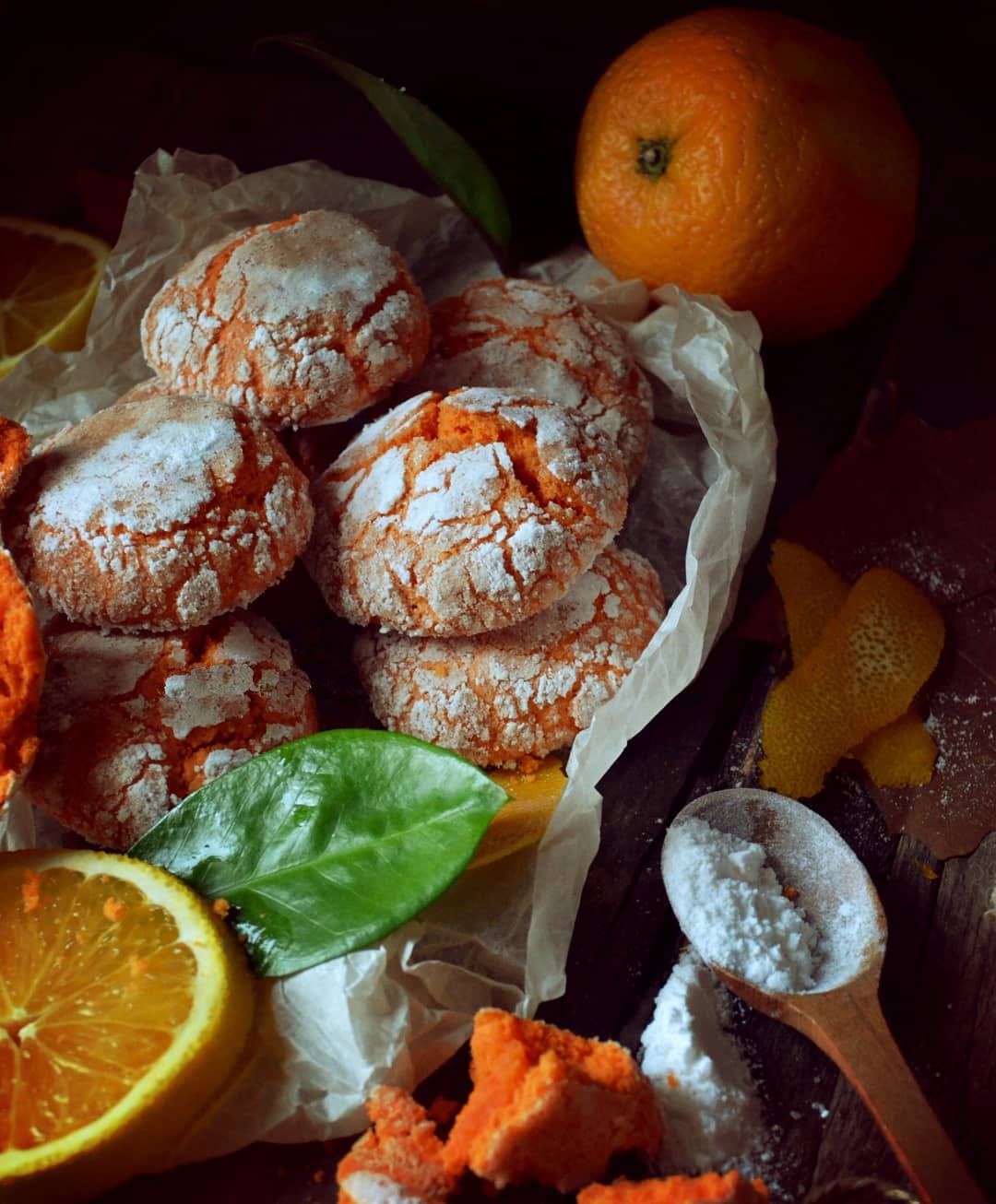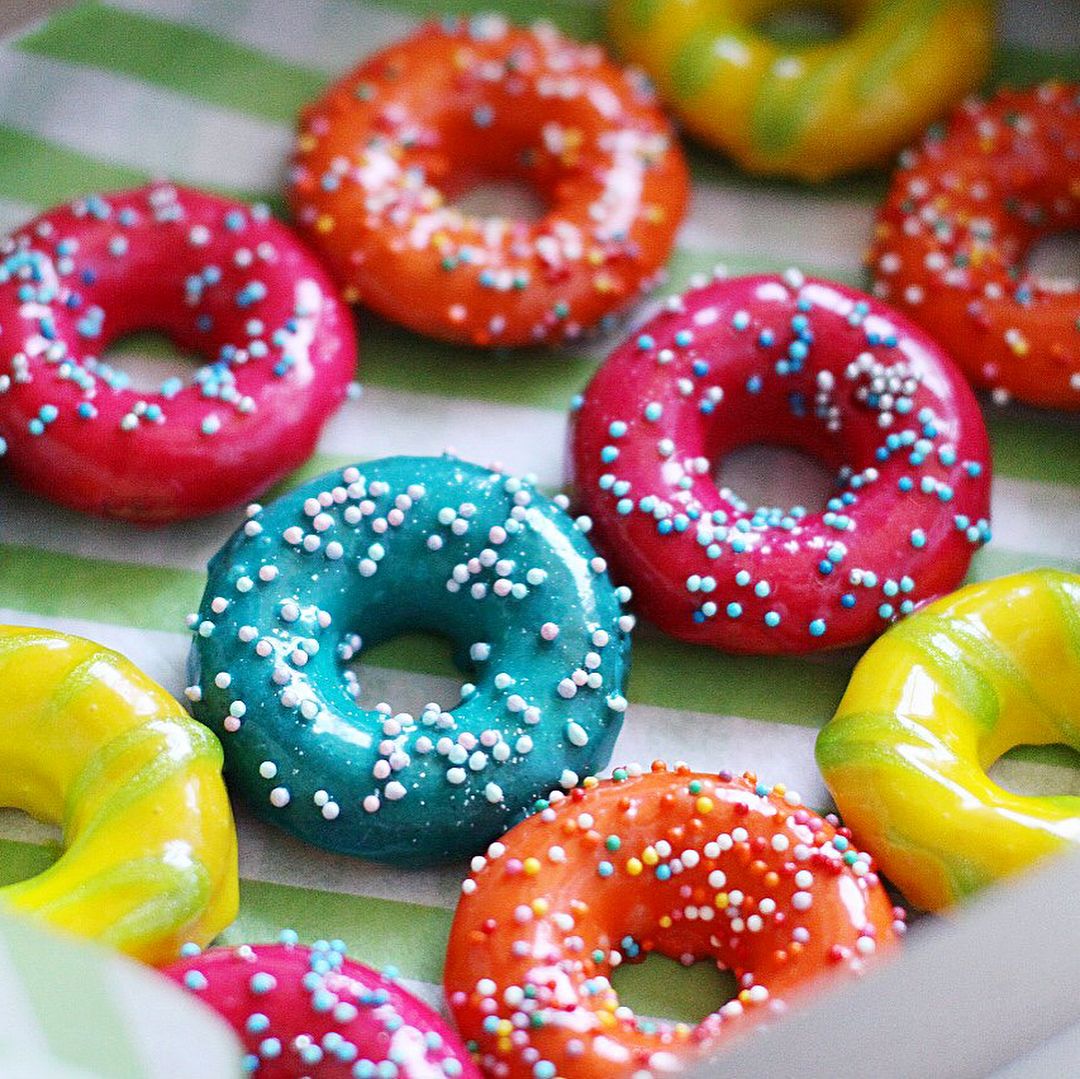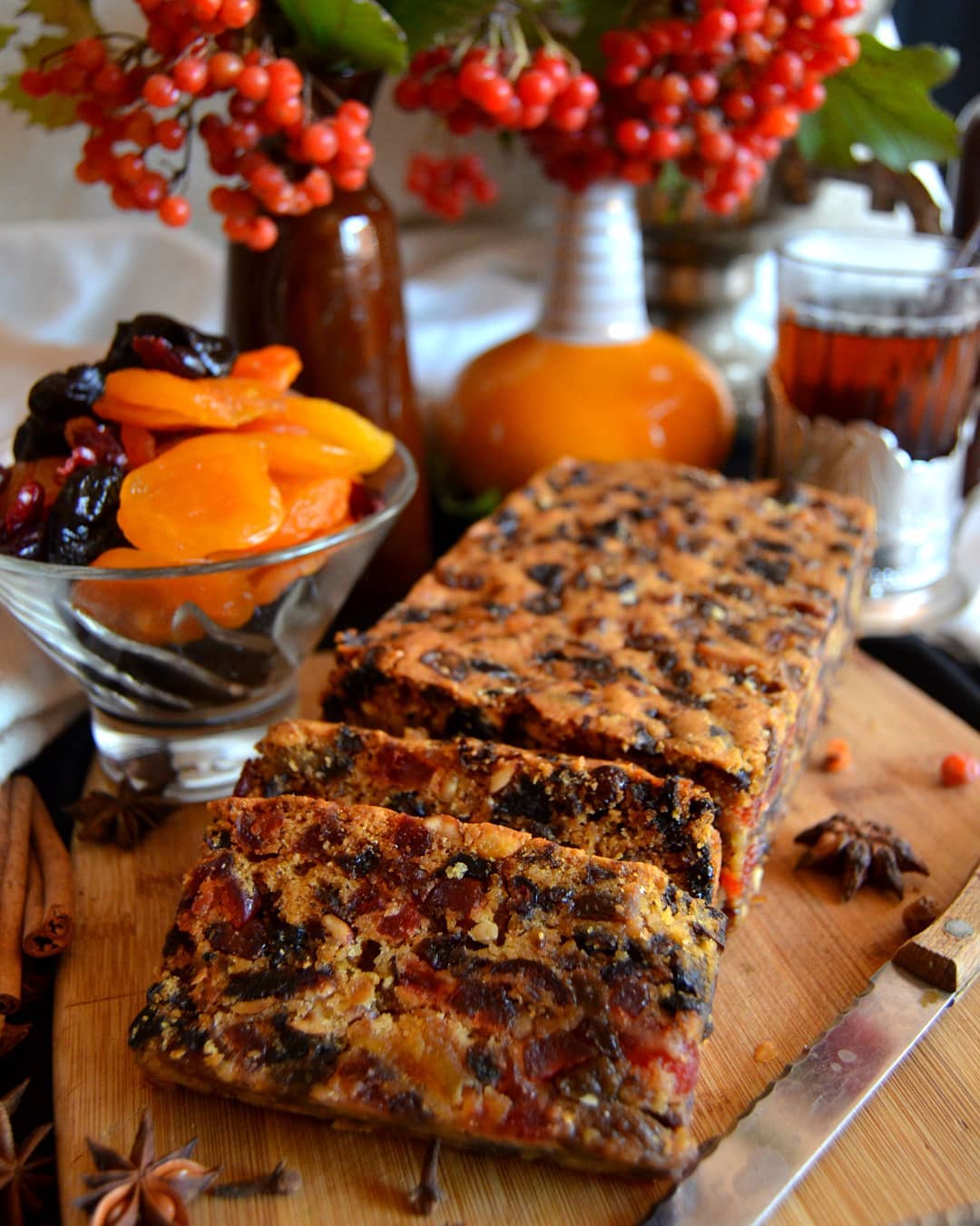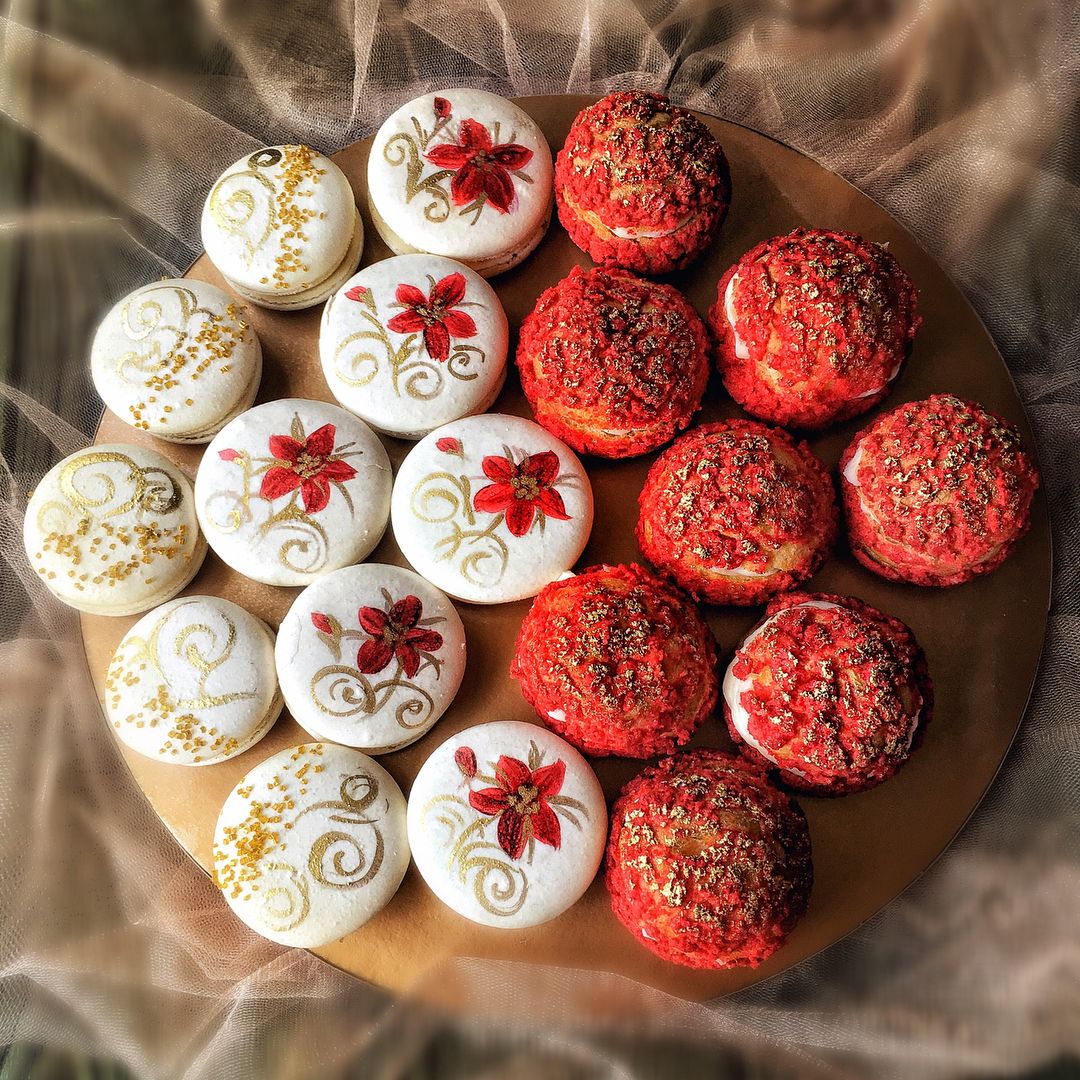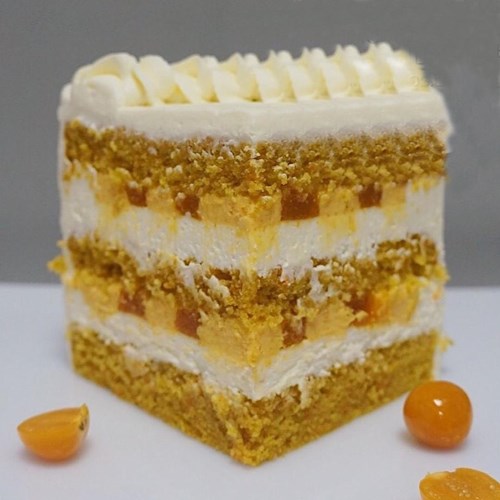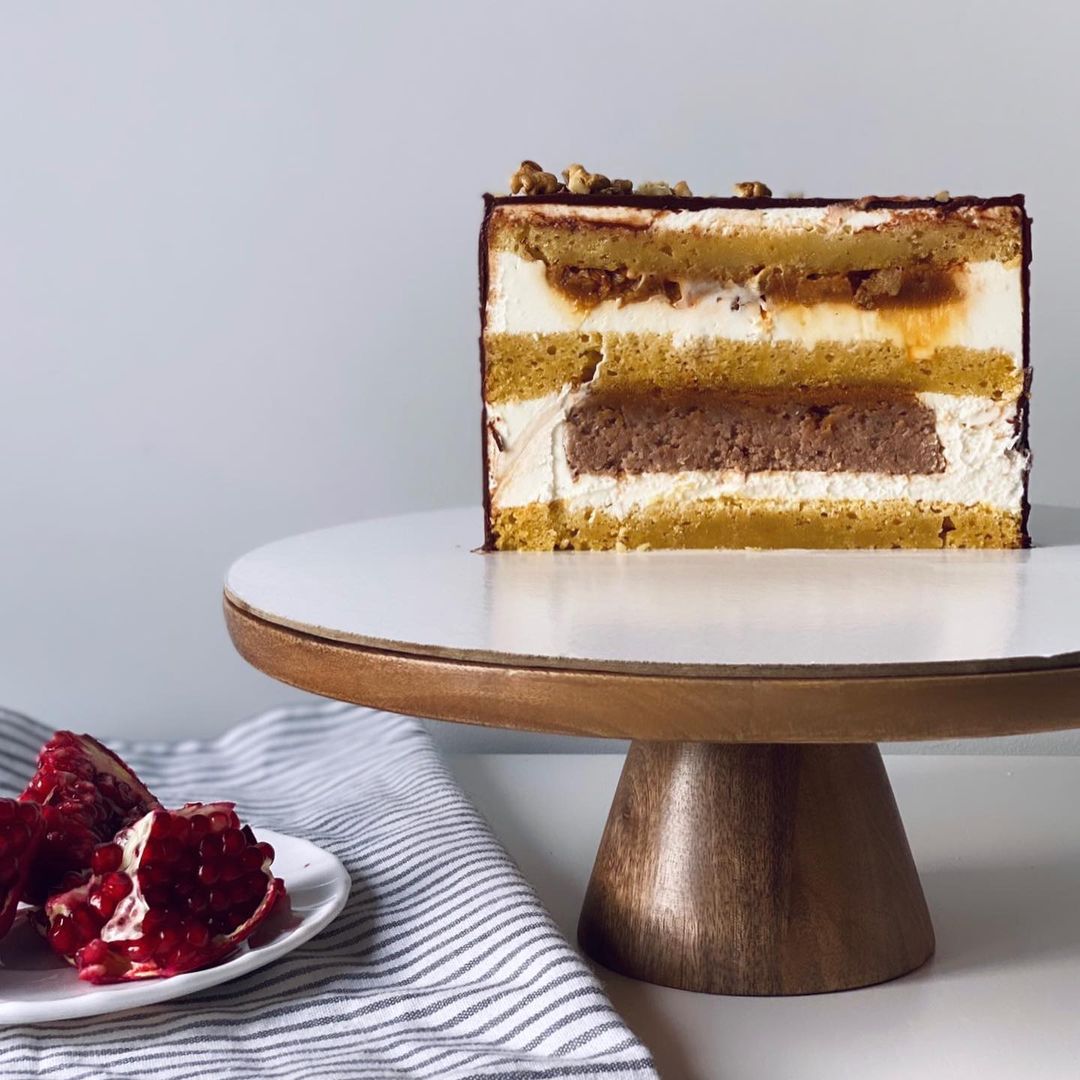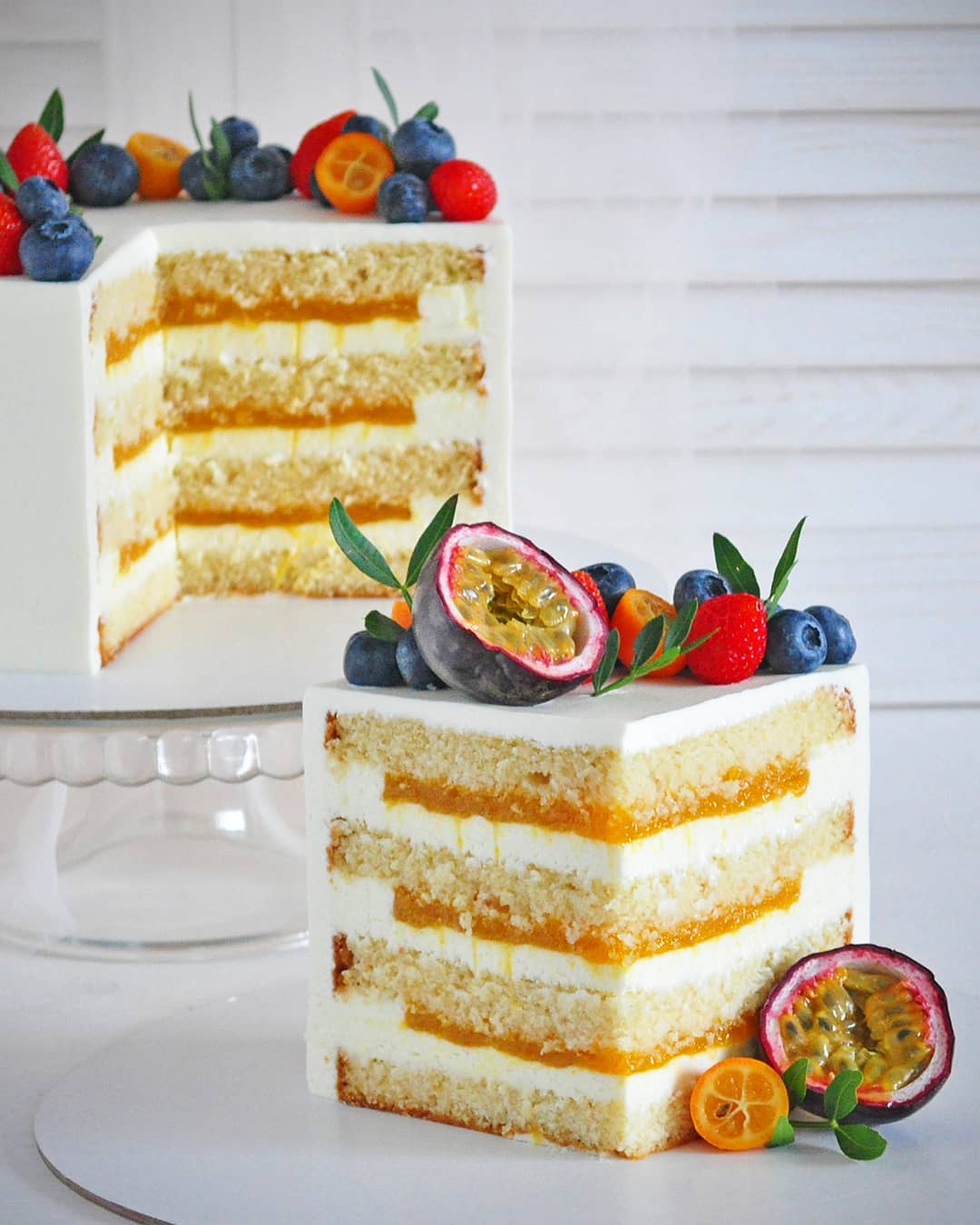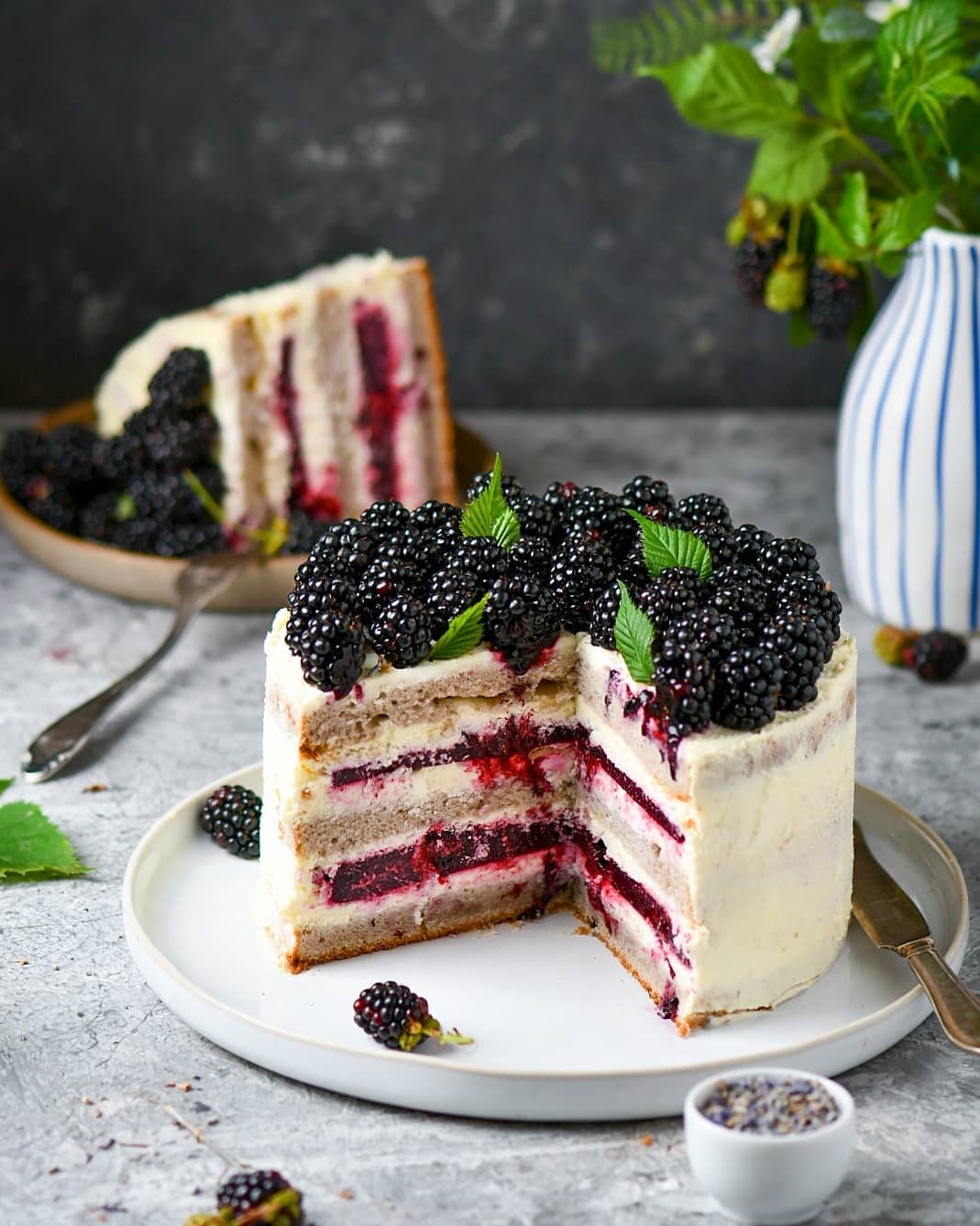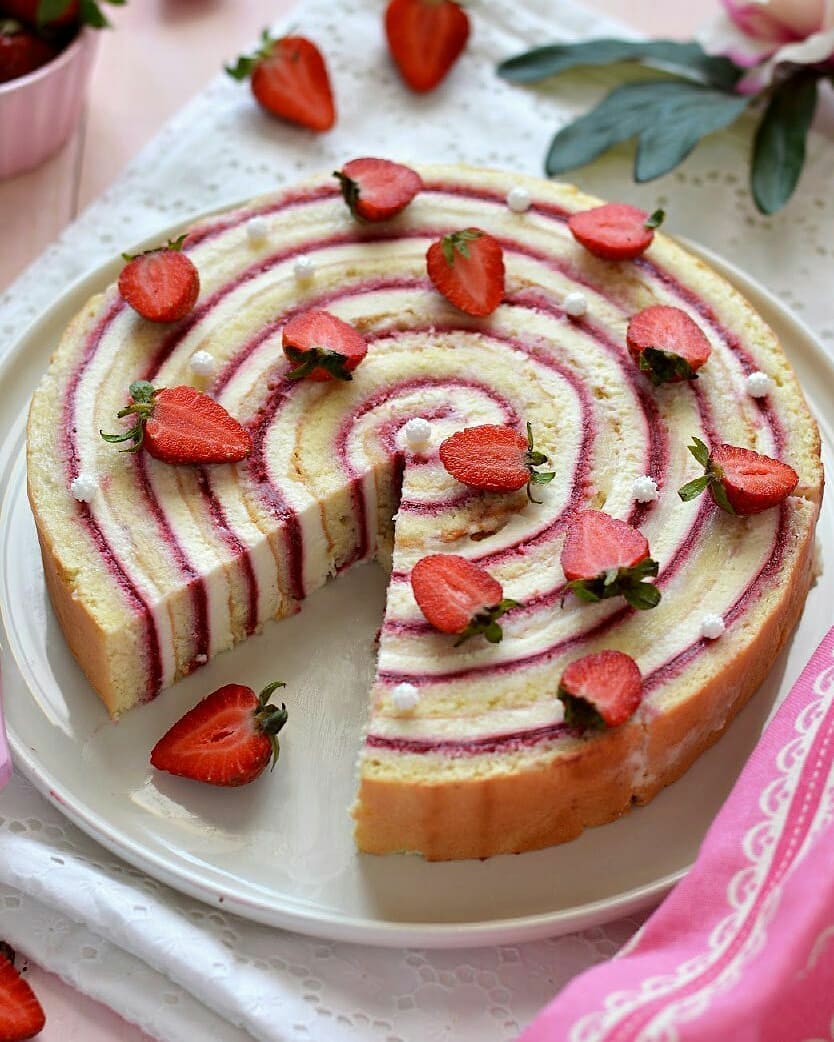Ingredients
Pastry
Serving
Instructions
Step 1
Step 2
Step 3
Step 4
Step 5
Step 6
Servings
Equipment
An electric mixer will ensure your ingredients are well-combined and smooth. If you don’t have one, a hand whisk and some elbow grease will do the trick.
A reliable oven is key for this recipe. Preheat it to the correct temperature and avoid opening it while the pastry is baking to prevent it from deflating.
Oven gloves are crucial for safely handling the hot pan. Don’t risk a burn - always use them when taking the pan in and out of the oven.
A heavy, ovenproof frying pan helps in getting an even bake. Grease the pan well to prevent sticking.
A large mixing bowl will give you plenty of room to combine your ingredients without making a mess.
A good spatula will help you scrape down the sides of your bowl and get every bit of batter into the pan.
Variations
Faq
- Do I need to sift the flour?
Sifting the flour can help remove lumps and aerate it, leading to a smoother batter, but it's not strictly necessary if you whisk well.
- Can I use regular sugar instead of vanilla sugar?
Yes, you can substitute an equal amount of regular sugar and add a splash of vanilla extract for flavor.
- Why did my pastry deflate when I took it out of the oven?
This pastry is meant to puff up dramatically in the oven and may deflate slightly upon cooling. Make sure not to open the oven during baking to maintain its puffiness.
- Can I prepare the batter ahead of time?
Yes, you can prepare the batter a few hours in advance and keep it in the refrigerator. Give it a good stir before pouring it into the pan.
- How can I prevent the pastry from sticking to the pan?
Ensure your pan is well-greased with melted butter covering all sides. You can also use parchment paper for extra assurance.
- What other fillings can I use apart from ricotta?
Mascarpone, Greek yogurt, or even a whipped cream cheese filling can be excellent alternatives to ricotta. Feel free to experiment with your favorite creamy fillings!

